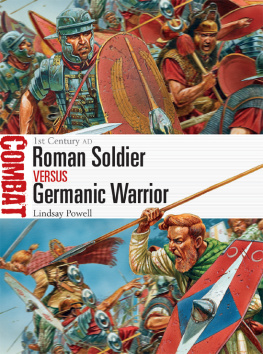THE SCIENCE OF WAR
STRATEGIES, TACTICS, AND LOGISTICS
THE BRITANNICA GUIDE TO WAR
THE SCIENCE OF WAR
STRATEGIES, TACTICS, AND LOGISTICS
EDITED BY ROBERT CURLEY, MANAGER, SCIENCE AND TECHNOLOGY

Published in 2012 by Britannica Educational Publishing
(a trademark of Encyclopdia Britannica, Inc.)
in association with Rosen Educational Services, LLC
29 East 21st Street, New York, NY 10010.
Copyright 2012 Encyclopdia Britannica, Inc. Britannica, Encyclopdia Britannica, and the Thistle logo are registered trademarks of Encyclopdia Britannica, Inc. All rights reserved.
Rosen Educational Services materials copyright 2012 Rosen Educational Services, LLC.
All rights reserved.
Distributed exclusively by Rosen Educational Services.
For a listing of additional Britannica Educational Publishing titles, call toll free (800) 237-9932.
First Edition
Britannica Educational Publishing
Michael I. Levy: Executive Editor
Marilyn L. Barton: Senior Coordinator, Production Control
Steven Bosco: Director, Editorial Technologies
Lisa S. Braucher: Senior Producer and Data Editor
Yvette Charboneau: Senior Copy Editor
Robert Curley: Manager, Science and Technology
Rosen Educational Services
Nick Croce: Editor
Nelson S: Art Director
Cindy Reiman: Photography Manager
Brian Garvey: Designer
Introduction by Catherine Vanderhoof
Library of Congress Cataloging-in-Publication Data
The science of war: strategies, tactics, and logistics/edited by Robert Curley.
p. cm.(The Britannica guide to war)
In association with Britannica Educational Publishing, Rosen Educational Services.
Includes bibliographical references and index.
ISBN 978-1-61530-750-0 (eBook)
1. Military art and scienceHistory. 2. StrategyHistory. 3. TacticsHistory. 4. War. I.
Curley, Robert, 1955
U102.S39 2012
355.409dc23
2011017599
On the cover: As part of their Advanced Individual Training, Air and Missile Defense Crewmember trainees practice on the Joint Fires Multipurpose Dome, a $3.5 million combat simulator. Photo Courtesy of U.S. Army/Ms. Marie Berberea (TRADOC)
pp. Library of Congress Geography and Map Division
CONTENTS

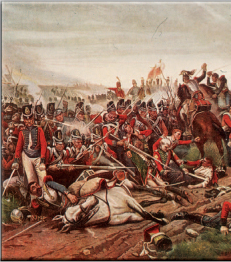
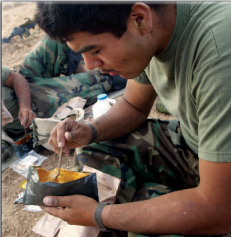


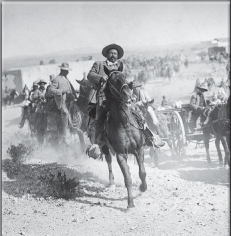
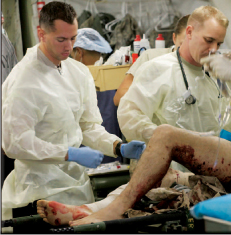


INTRODUCTION

An American soldier wipes his eyes on Oct. 19, 2010, in Kajaki, Afghanistan. His comrade has just been killed by an improvised explosive device (IED). Scott Olson/Getty Images
T oday in the world of 24-hour news, we cannot help but be aware of the brutality and human cost of war. It is difficult to imagine the festive atmosphere of parades and cheering as local regiments marched off to fight in the American Civil War, or even in the early days of World War I. Yet in spite of our lack of illusion about the reality of war, the idea of war still holds an enduring fascination. Cable television has an entire channel devoted to military history. Popular video game series are built around scenarios of both real and imagined warfare. Tens of thousands of participants take part in battle recreations from medieval up through modern times. Surely a significant part of this interest is because we understand how the outcomes of individual battles have changed the course of history and how often those outcomes seem to hinge on critical decisions about strategy, tactics, or logistics. It is easy to imagine what if scenarios in which history might have turned out very differently. It is those three critical aspects of war that we will explore in this volumethe strategy of war, the tactics of war, and the logistics of warfare from early history to the present day.
War is generally understood as armed conflict between two opposing military forces, waged with the goal of achieving some political purpose, such as conquest, independence, or acquisition of territory. War has certainly been a part of human history from the beginning of organized societies, as evidenced from our earliest written records, as well as archaeological finds such as the terra-cotta army of more than 7,000 soldiers, chariots, and horses buried with the first Qin emperor of China. Many early wars, involving the city-states of Mesopotamia and Egypt up through the Qin in China and Alexander the Great in the Mediterranean world, were primarily wars of conquest, resulting in one strong city-state or kingdom achieving control over its neighbours and creating a powerful empire.
Over the course of history, we see how warfare becomes a more nuanced political tool, with a variety of motives. We also begin to find written histories and analyses of the strategy of war, which can be defined as the interaction of political, economic, and military activities to achieve the objects of war. One of the earliest volumes of military strategy is The Art of War, attributed to the Chinese philosopher Sunzi in approximately the 5th century BCE. At about the same time the Greek historian Thucydides was writing his History of the Peloponnesian War, with insights into the battle between Athens and Sparta for control over the Greek world. Historians of military strategy still study and draw lessons from these ancient theorists, as well as from more modern writers, from Machiavelli in the 15th century to Carl von Clausewitz in the 19th century. Because strategy encompasses both the political and the military realm, it also reflects changes in social structures, communications, technology, and popular opinion. Theories and strategies for warfare continue to develop today in light of such changes as the possibility of nuclear annihilation on the one hand and the growth of small-scale guerrilla warfare and terrorism on the other.
If strategy is seen as the grand plan for war, tactics is the science of how battles are actually wagedhow troops are organized, what weapons will be used, and the execution of the battle plan. While strategy typically takes place at the highest level of command or with the political leadership, tactics most frequently are the decisions of commanders in the field.
Next page











